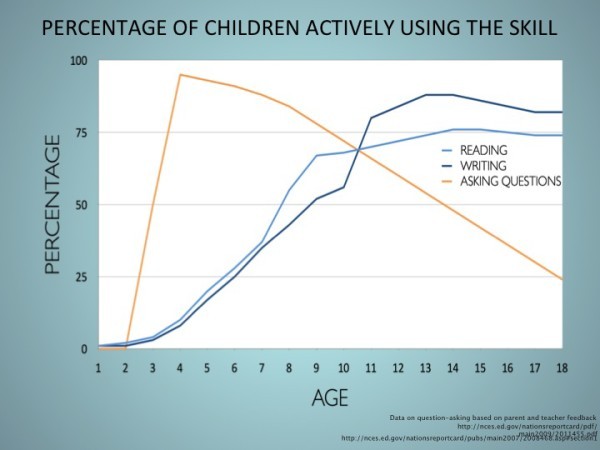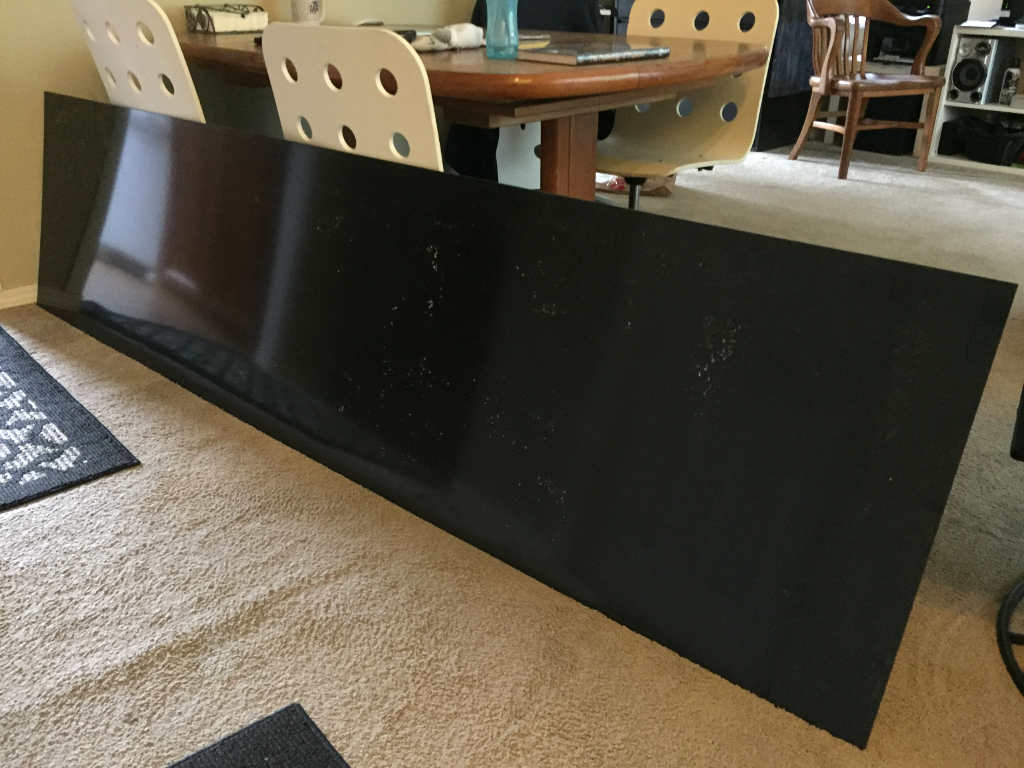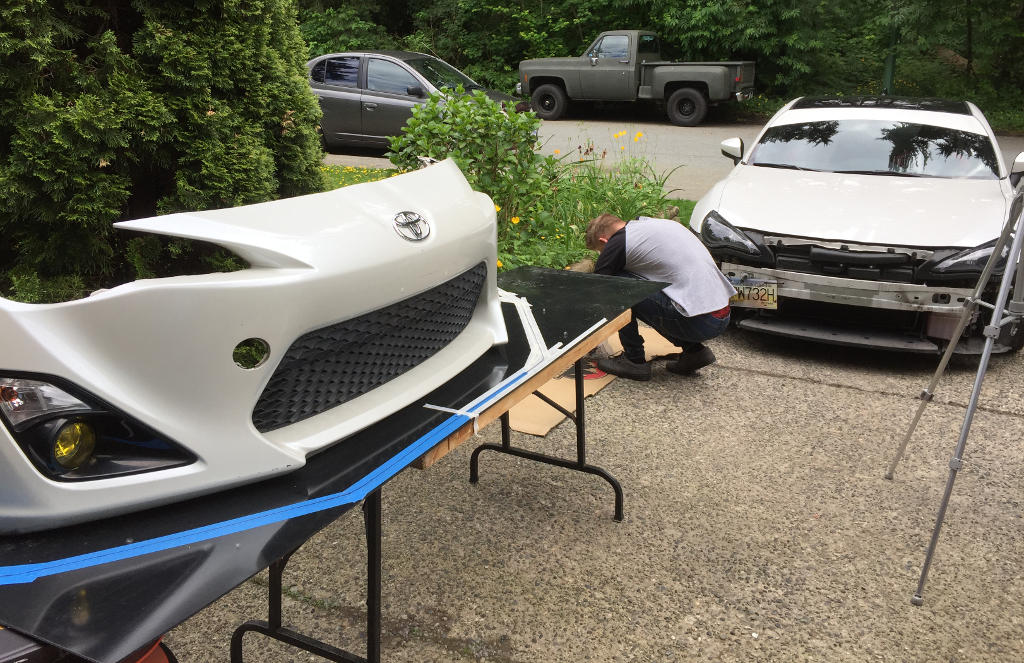A Comparison of the COVA and the Traditional Teacher Centered Approach
| Components | COVA | Traditional Approach |
| Choice | Learners are given the freedom to choose how they wish to organize, structure, and present their knowledge and learning experiences. The choice extends to the authentic project or learning experience. | Teachers dictate how students are to perform, organize, structure and present information and learning experiences. When teachers do provide a choice, it is often a selection from a predetermined list of options. |
| Ownership | Learners are given control and ownership over the entire learning process including the selection of projects, the ePortfolio process, and all their learning tools and resources. | Teachers have full control over the learning process, the selection of assignments, the tools, and resources. |
| Voice | Learners are given the opportunity to use their own voice to structure their work and ideas and share those insights and knowledge with their colleagues within their organizations. | Teachers require students to emulate and replicate predetermined structures and examples and expect that students will only share their work with them and on occasion allow them to share with classmates. |
| Authentic Learning | Learners are given the opportunity to select and engage in authentic or “real world” learning experiences that enable them to make a genuine difference in their own learning environments and their communities. | Teachers focus on the delivery of the curriculum and strive to cover the required material that students will be tested on. When projects are used, they are most often closely controlled by the teacher and seldom have an authentic or “real world” impact. |
| ePortfolio | The ePortfolio is a learning portfolio that the learner fully owns and controls and uses to share their new knowledge publicly with people other than the instructor. The ePortfolio is used to organize, manage, and share all aspects of the learner’s authentic learning experiences. | If ePortfolios are used, they are most often assessment focused and students are required to use tools assigned by the teacher to deposit student’s artifacts. The ePortfolio is used to store content and enable administrators to confirm that required content has been covered. |
The ePortfolio has been included in the COVA table because it is a fundamental authentic learning tool that is used to give the learner control and voice over the representation of their learning experiences. The ePortfolio is also an example of collaborative technology tool that fades into the background as the learners use it to share their voice and collaborate and communicate with their peers in and out of their classrooms. It is also important to understand that for the ePortfolio to be used effectively and equally important as a life-long learning tool beyond a program of study all the elements of COVA approach must be in place. Recent research into ePortfolio persistence by Thibodeaux, Harapnuik, & Cummings (2017) has confirmed that 80% of learners will stop using an ePortfolio after a program of study unless they see the value in the ePortfolio, are given control over the selection and use of the ePortfolio tools and are able to work on authentic projects related to careers. We need to learn from the research and recognize that if you attempt to simply bolt an ePortfolio onto a course or program of study and ask students to add assignments as artifacts, the ePortfolio becomes an assessment portfolio and most of them will not use the tool beyond the program of study.
References
Thibodeaux, T. N., Harapnuik, D. K, & Cummings, C. D. (In press). Factors that contribute to ePortfolio persistence. International Journal of ePortfolio.
Links to all the CSLE+COVA vs Traditional table comparisons:
CSLE vs Traditional
COVA vs Traditional
CSLE+COVA Mindset vs Traditional
Links to the all the components of the CSLE+COVA framework:
Change in Focus
Why CSLE+COVA
CSLE
COVA
CSLE+COVA vs Traditional
Digital Learning & Leading
Research



































